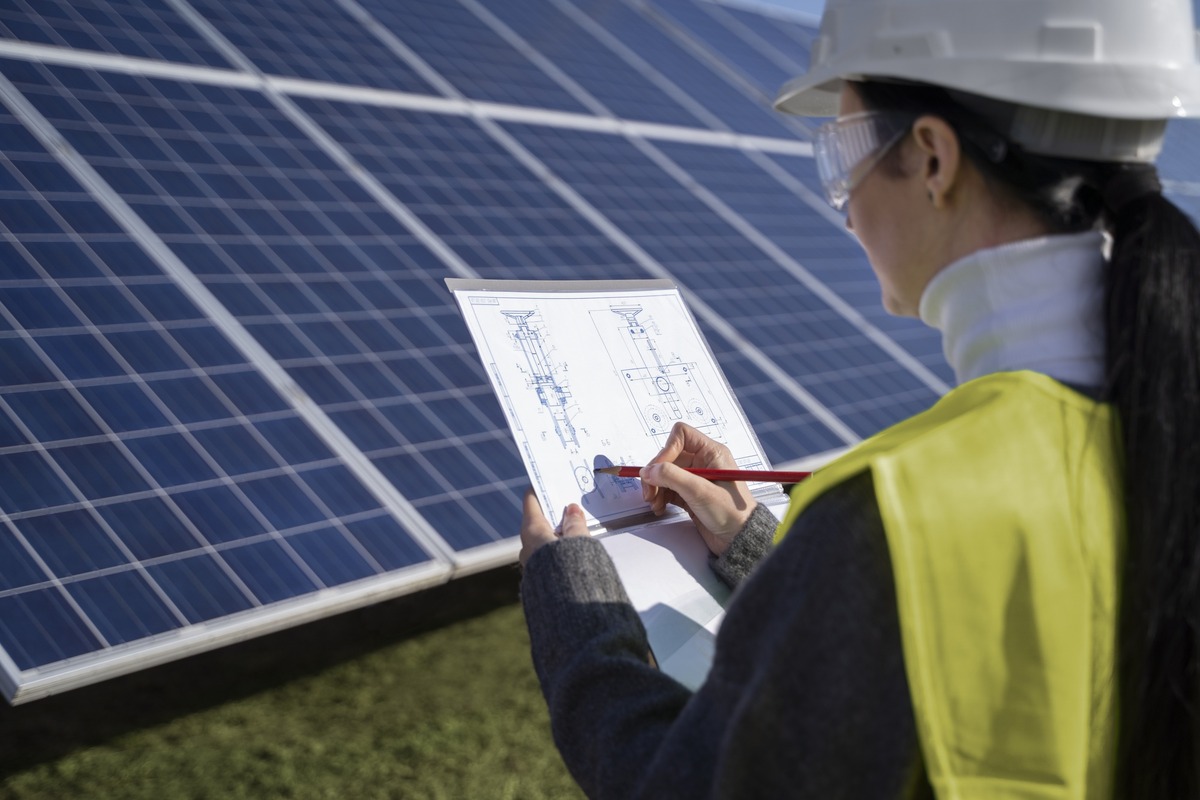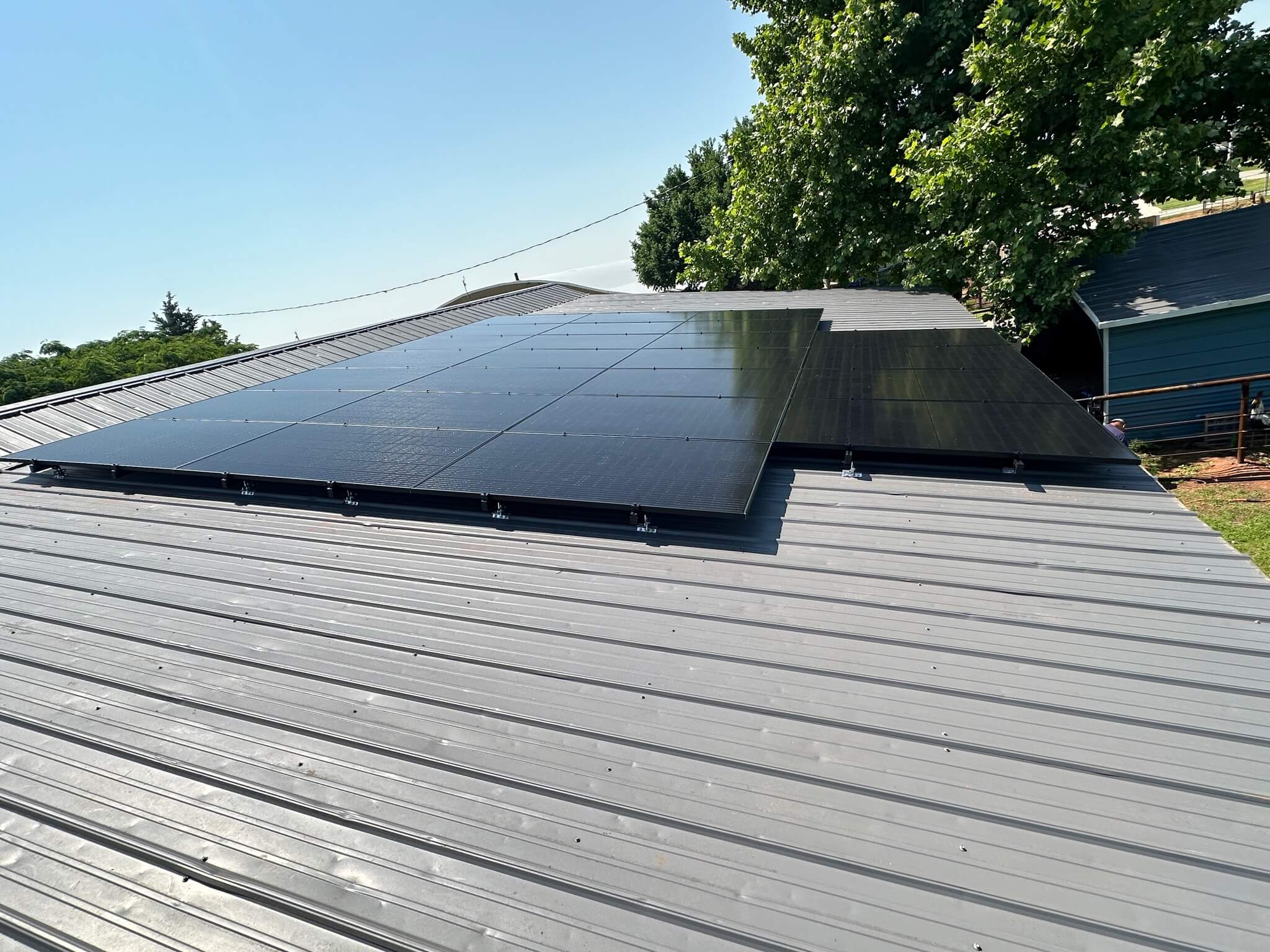

In an era of rising energy costs and environmental concerns, homeowners are increasingly turning to solar power as a reliable solution. Beyond reducing electricity bills and carbon footprints, home solar panels play a vital role in achieving energy independence. For individuals and communities considering industrial solar systems, understanding how residential solar supports energy autonomy is crucial.
Energy independence refers to the ability to produce sufficient energy locally, reducing reliance on external sources. For homeowners, this means generating enough electricity to meet their needs, regardless of fluctuations in utility rates or grid availability. Solar panels are a key component of this transition, providing a renewable and consistent energy source directly from the sun.
Achieving energy independence offers several advantages for homeowners and communities alike:
Solar panels allow homeowners to significantly reduce their electricity bills. By generating their own power, households can offset energy costs and potentially earn money through net metering programs that credit surplus energy sent back to the grid.
Utility rates often fluctuate due to changes in fuel prices, demand, and infrastructure costs. Solar panels insulate homeowners from these price hikes, offering predictable and stable energy costs over the long term.
Solar systems provide a dependable energy source, even during grid outages. With battery storage options, homeowners can store excess solar power for use during emergencies or peak demand periods.
By switching to solar, households contribute to a cleaner environment. Solar panels reduce reliance on fossil fuels, minimizing greenhouse gas emissions and helping combat climate change.
Homes equipped with solar panels often have higher resale values. Buyers recognize the long-term cost savings and sustainability benefits, making solar-powered properties more attractive.
Solar panels generate electricity through photovoltaic (PV) cells, which convert sunlight into direct current (DC) electricity. An inverter then converts this DC electricity into alternating current (AC), suitable for household use. With sufficient panels installed, a home can meet its daily energy needs and even exceed them.
Battery storage systems are an integral part of achieving complete energy independence. These systems store excess solar energy generated during the day, allowing homeowners to use it during nighttime or cloudy periods.
Modern solar systems often include smart energy management tools that help homeowners optimize energy use. By tracking consumption patterns, these systems ensure efficient use of available power and reduce wastage.
Grid-tied systems are connected to the local electricity grid, allowing homeowners to draw power when solar production is low and feed excess energy back into the grid. While these systems provide financial savings, they rely partially on the grid for energy.
Off-grid systems are entirely independent of the local utility grid. These setups typically include battery storage and backup generators to ensure consistent power availability. While off-grid systems require a larger upfront investment, they offer true energy independence.
Hybrid systems combine the benefits of grid-tied and off-grid setups. They use battery storage to provide backup power while remaining connected to the grid for additional flexibility.
Solar panel installation requires a significant upfront investment. However, various financing options and incentives, such as federal tax credits, state rebates, and solar loans, can mitigate these costs.
While solar panels are low-maintenance, occasional cleaning and repairs may be necessary to maintain optimal performance. Partnering with a reliable provider ensures long-term system efficiency.
Not all homes have sufficient roof space or land to accommodate the number of panels needed for energy independence. Ground-mounted systems can be an alternative for properties with ample land.
Solar panels generate less power during cloudy or rainy days. Pairing the system with battery storage or a backup generator can address this limitation.
Beyond individual homes, communities can work together to achieve energy independence through collective efforts. Community solar projects and industrial solar systems enable neighborhoods or groups to generate and share solar power, reducing reliance on centralized utilities.
Community solar farms allow multiple households to invest in and benefit from a shared solar installation. Participants receive credits for their share of the energy produced, making solar accessible to those without suitable rooftops.
Microgrids are localized energy systems that operate independently or in conjunction with the main power grid. By integrating residential and industrial solar systems, microgrids enhance energy resilience and independence at a larger scale.
Home solar panels are a powerful tool for achieving energy independence, offering financial, environmental, and security benefits. By understanding the various system types and challenges, homeowners can make informed decisions to maximize their solar investment. Whether for individual households or industrial solar systems, the journey toward energy independence contributes to a sustainable and self-reliant future.
| Categories: | Services / Home Services |
| Phone: | 4057610444 |
| Address: | 1917 N Highway 76 Newcastle, OK 73065 |
| Website: | View our site |
| Email: | office@tribesolar.io |